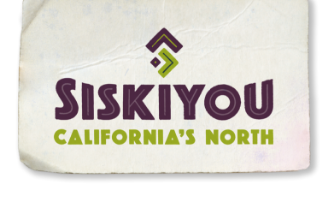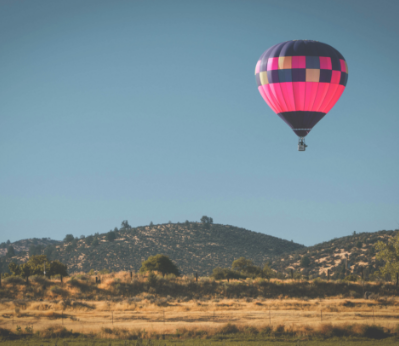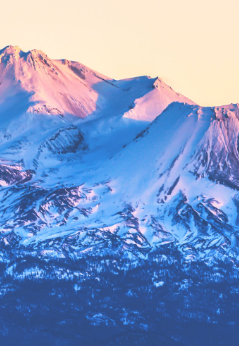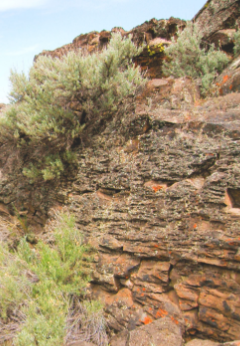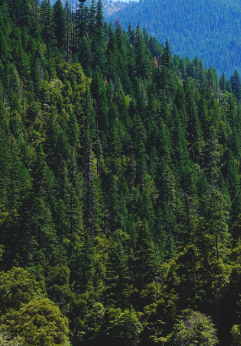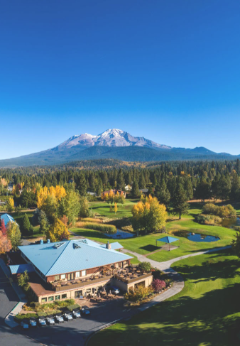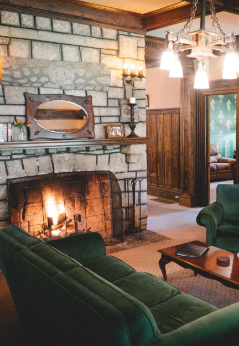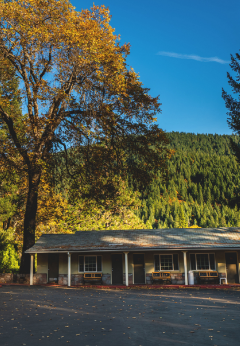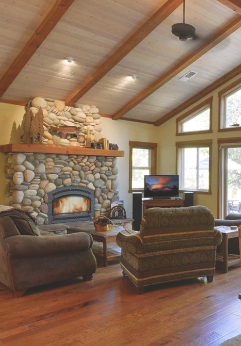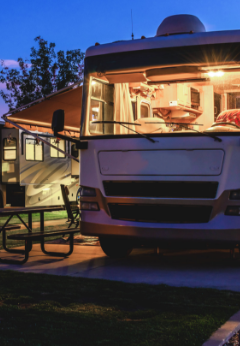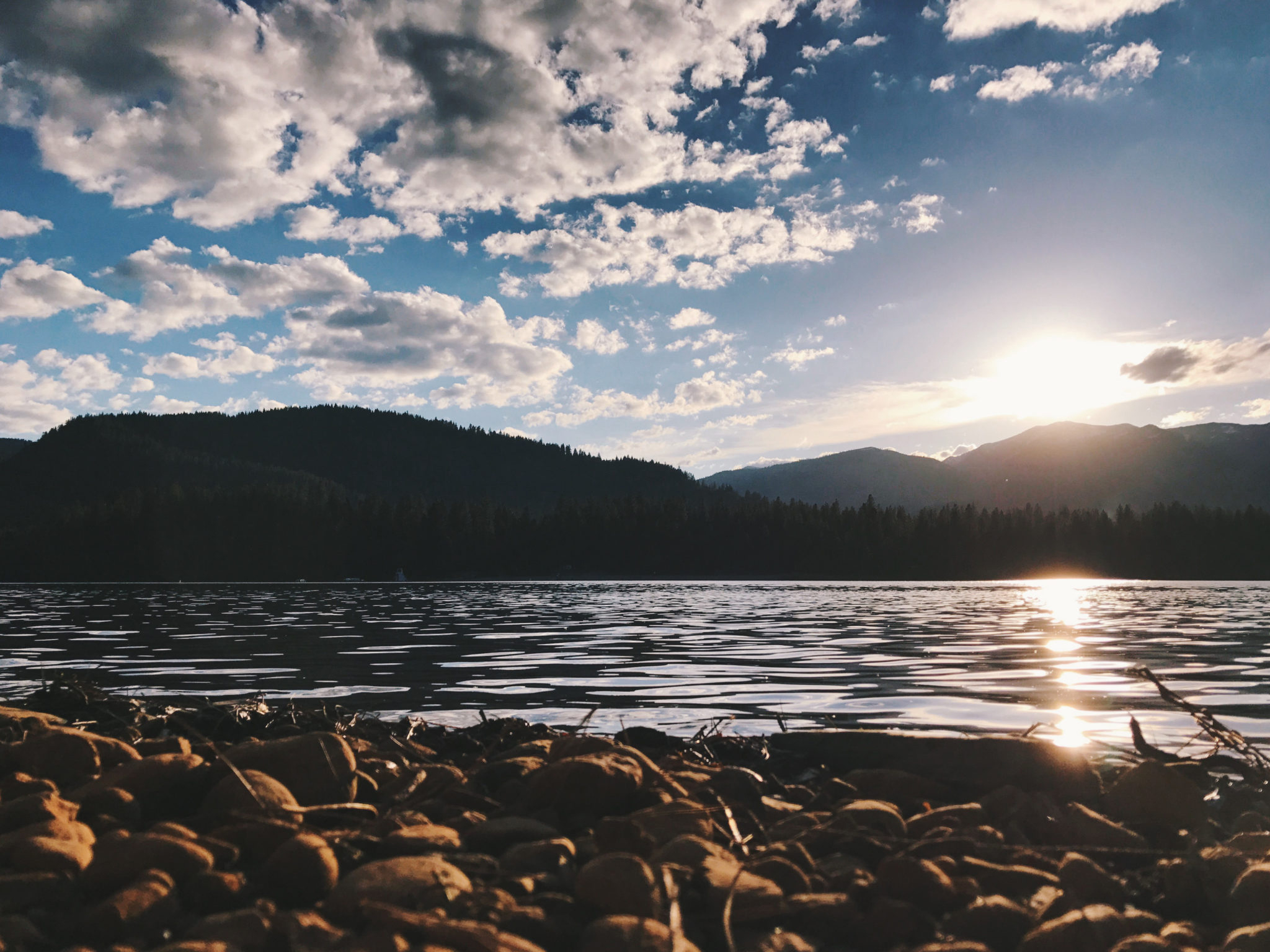Siskiyou is packed with rich history at every turn. What better way learn the stories of the past than through a visit to one, or a few, of our many museums and monuments. Experience the natural history that made our epic landscapes. See relics and cultural history of Native Americans, early settlers and immigrants, and discover the economic and industrial impacts of the gold rush, lumber, farming, and railroading industries that helped to shape this region.
**Be sure to check hours before visiting, as some museums operate seasonally. **
EAST
Butte Valley Museum
The Butte Valley Museum and Historical Society goals are to recognize, preserve, display and interpret the history of
Butte Valley in East Siskiyou. Located in Dorris, this museum offers the history of the Tulelake Basin and Butte Valley homesteads, military veterans, the Modoc Indian War and the Tule Lake Internment Camps.
WW II Valor in the Pacific National Monument, Tule Lake Unit
The East Siskiyou town of Tulelake played a role in the WWII era as it was home to Japanese American Tule Lake Segregation Center and Camp Tulelake, a Civilian Conservation Corps camp that housed Japanese American internees. Later this location housed Italian and German Prisoners of War in the 1940s. Explore the grounds and learn about this history that is often left out of textbooks.

photo: Tule Lake National Monument (U.S. National Park Service)
Klamath Basin National Wildlife Refuge Visitor Center
Established by President Roosevelt in 1908 as the nation’s first waterfowl refuge. The visitor center has a variety of exhibits, displays, brochures and wildlife-oriented programs. Refuge staff and volunteers are available to answer questions and help plan activities. Refuge wildlife is colorfully described by exhibits at the Visitor Center. Information regarding viewing opportunities, sightings, road conditions, and regulations is available.
Lava Beds National Monument
A uniquely natural and cultural site. Explore human history through Native American rock art and Modoc War sites, and the heritage of homesteaders, ranchers, cave explorers, “CCC boys,” and the modern Modoc and Klamath tribes. The monument is also known for scores of lava-tube caves and well-preserved young volcanic features. It lies on the flank of the Medicine Lake Volcano, which is the largest volcano by area in the Cascade Range.
NORTH
Siskiyou County Museum
Located in the county seat of Yreka, this museum educates on the history from pre-historic time to the earliest pioneer settlements. The Museum is an interpretive center for the history of the region and includes indoor and outdoor exhibits, programs, and a research library. There is machinery, early transportation vehicles, and both historic and recreated buildings on display.

photo: Siskiyou County Museum | Siskiyou County California
Montague Railroad Depot Museum
The 1887 redwood building that was built in just five weeks as the town came to be, features many railroad and other artifacts from Montague and the Shasta Valley, including the station agent’s fully-furnished living quarters upstairs. The building served at the rail depot until the lines shut down in 1977 and was moved away from the tracks to its current location.
WEST
The People’s Center
The Cultural Center and Museum of the Karuk Tribe exhibits items representative of Karuk culture and history. Opened in Happy Camp in 2002, the Karuk People’s Center is a 5,000 square foot facility that includes an exhibition gallery, a gift shop, a Basketweaving classroom, a library, a collection’s storage area and the Karuk Language Program Office.
Fort Jones Museum
Fort Jones is the home of the self-proclaimed “biggest little museum” featuring a Shasta rain rock and an exterior of fossils, obsidian, and Native American stone tools. Be sure to take time to peruse the thousands of unique artifacts, photographs and geologic samples from the nearby area.

photo: https://www.fortjonesmuseum.com/
Etna Museum
The Museum of the Native Daughters of the Golden West, Eschscholtzia Parlor No. 112, is located in the first Town Hall of Etna, which also housed the fire department, library and jail, and was built to resemble Independence Hall in Philadelphia. This building was threatened by a fire when the Mason’s hall went ablaze next door in December 2023, but the Museum was saved along with all of the treasures inside.
SOUTH
Weed Historic Lumber Town Museum
The Weed Lumber Town Museum is a collection of artifacts and photographs of the people who founded and lived in Weed. Artifacts from the old lumber company store and from the company hospital are on display. Some rooms are decorated with original pieces to resemble a typical home from the early 1900s as well as a room dedicated to law enforcement with jail cell and booking area. Exhibits in the old courthouse feature the timber industry and life in early Weed and the life of Charlie Byrd, the first elected African American county sheriff in California.
Sisson Museum
The Museum is located on ancestral lands of the Shasta and Wintu Tribes and stands today in a 1906 building on the grounds of the Mt Shasta Fish Hatchery. Established by Justin Sisson, one of the founding fathers of Mount Shasta. Permanent and changing exhibits display the history, culture, and geology of the Mount Shasta area.

photo: https://www.mtshastamuseum.com/
Dunsmuir Railroad Depot Museum
Located in the former S.P.R.R. train and crew dispatchers’ office, the museum features much more than just railroad photographs and artifacts. Learn the story of Alexander Dunsmuir, a bit of town history, and check out the impressive Native American basket collection.
Heritage Junction Museum of McCloud
The Museum displays the logging and sawmill heritage of the town of McCloud and the surrounding area through artifacts, photographs and written materials.an impressive collection of artifacts from McCloud’s history, including the giant Corliss steam engine that powered the McCloud sawmill from 1903 until 1979. The museum also has a huge photographic collection covering the entire history of the town and its surrounding country.
Discover Siskiyou’s history through the people and collections that tell the stories of Northern California.
